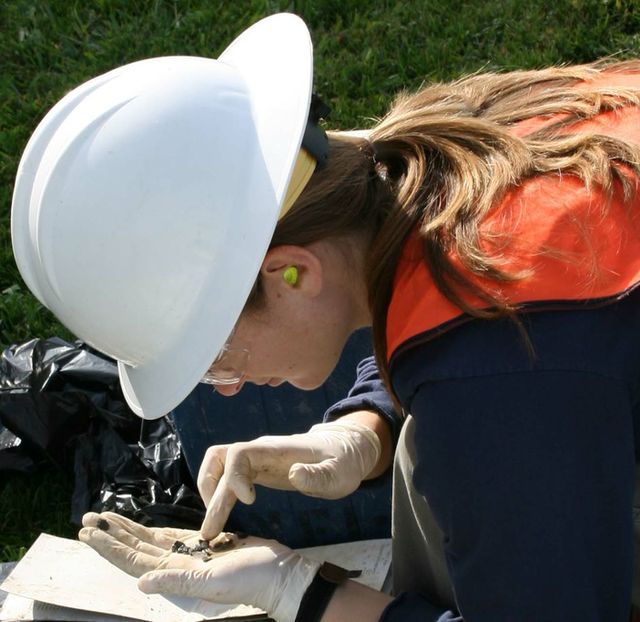
For women in the mining industry, recent weeks have provided a mixed bag of news about representation and pay.
As Australia marks Equal Pay Day this week, there’s a mixed bag of news for women working in the nation’s mining industry.
Let’s start with the good news.
While it’s not specifically pay-related, nor even specifically mining-related, Equal Pay Day this year coincided with the news that for the first time in history there are no all-male boards in Australia’s top 200 ASX-listed companies.
More representation of women on mining company boards
The news, announced and welcomed by the Australian Institute of Company Directors, is a historic milestone. Australia is one of the few countries to achieve 30% representation of women on the boards of its top companies without mandated quotas or government intervention.
30% Club Australia Chair Nicola Wakefield said: “With nearly 500 ASX 200 board positions now held by women, the myth (that Australia doesn’t have a talent pool of board-ready women) is well and truly busted – the calibre of women on our leading boards is exceedingly high, from those who are well established to emerging directors achieving their first listed role.”
About 18% of the ASX 200 are “materials” companies—the stock exchange classification that includes mining—including BHP, FMG, RioTinto, Newcrest, South32, Northern Star and many more familiar industry names.
Mining pay for women is high, but so is the gender pay gap
On the other hand, the bad news is about the gender pay gap. While the average pay for women working full-time in mining is the highest across all industries, at more than $2277 a week according to the Australian Bureau of Statistics, it’s still well behind the average pay of their male counterparts, on $2749.
The gender pay gap is 17.2% for the period of November 2020 to May 2021, up 2.3% on the previous six-month period.
According to the website Women’s Agenda, the gap has likely been exacerbated by the “volatile and gendered paid and unpaid work impacts” of Covid-19.
What can mining companies do to address the gender pay gap?
Women’s Agenda has some great suggestions for ways companies can start to come to grips with the gender pay gap—starting with looking at female representation at the board level.
While the top mining companies (those in the ASX 200) might have women on their boards, there are plenty of other companies across the industry that don’t.
“We know that organisations with gender diversity on their boards have smaller pay gaps than male-dominated boards,” Women’s Agenda states. “And having a woman on the compensation committee narrows the gap too.”
They also suggest:
- Doing a benchmarking exercise to see if you’re likely to have a gender pay gap
- Conducting a pay audit to identify wage gaps
- Reporting your results to those who can actually do something about it: your senior management, executive and board.
Want to know how a mining salary compares to the rest of the industry? Use our free online Salary Search site here.